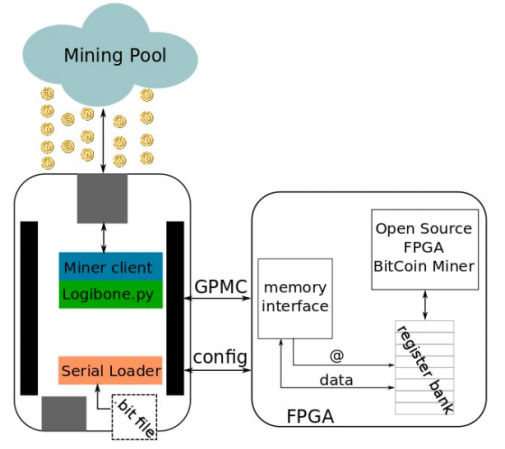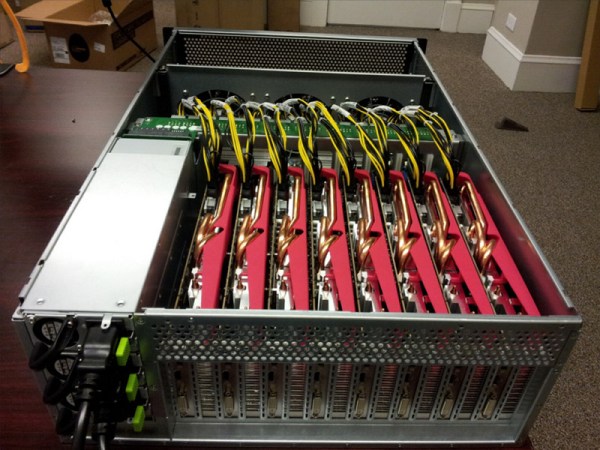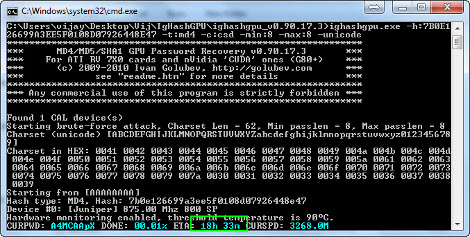You probably remember that for DEFCON I built a hat that was turned into a game. In addition to scrolling messages on an LED marquee there was a WiFi router hidden inside the hat. Get on the AP, load any webpage, and you would be confronted with a scoreboard, as well as a list of usernames and their accompanying password hashes. Crack a hash and you can put yourself on the scoreboard as well as push custom messages to the hat itself.
Choosing the complexity of these password hashes was quite a challenge. How do you make them hackable without being so simple that they would be immediately cracked? I suppose I did okay with this because one hacker (who prefers not to be named) caught me literally on my way out of the conference for the last time. He had snagged the hashes earlier in the weekend and worked feverishly to crack the code. More details on the process are available after the jump.
















